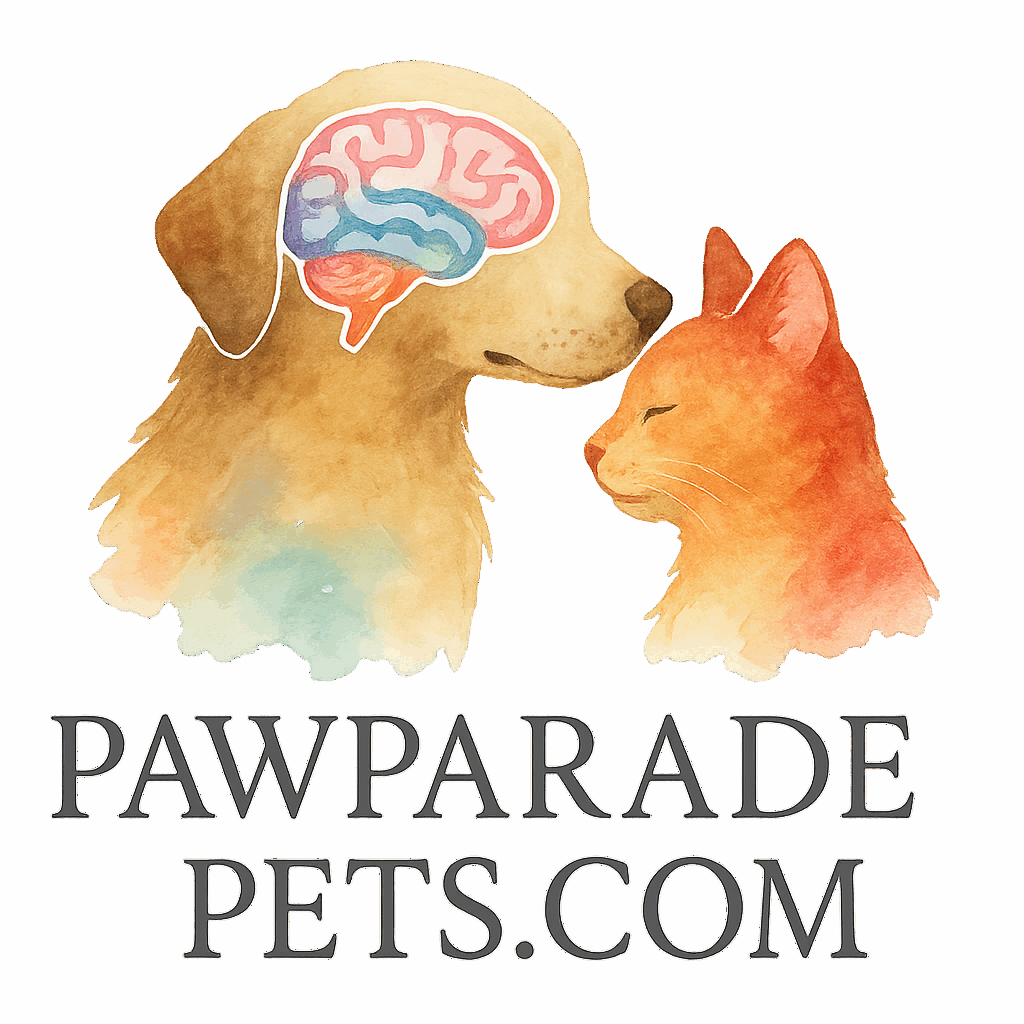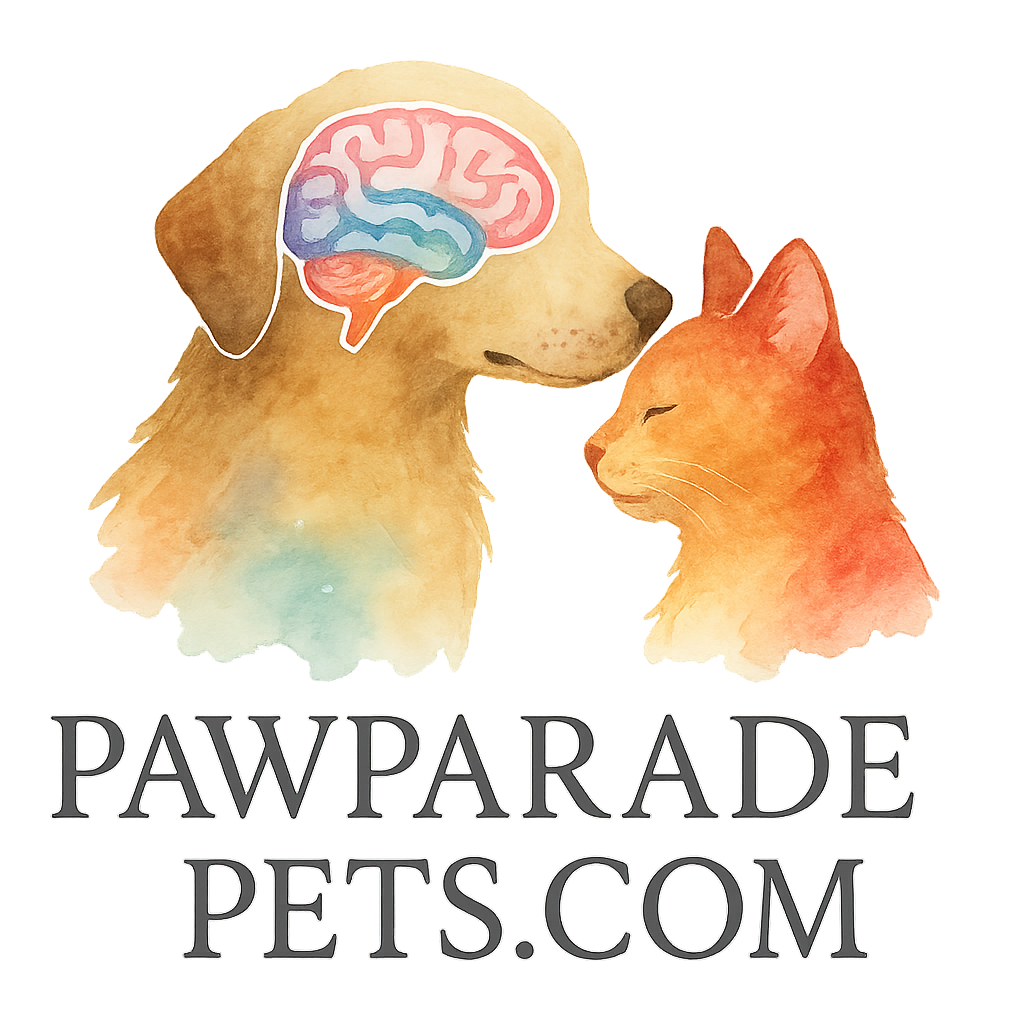Welcome to the ultimate guide to keeping your pets not just physically fit—but mentally sharp too! If you’re looking for fun, interactive ways to stimulate your pet’s mind while helping them burn off energy, obstacle courses are where it’s at.
Whether you’ve got a clever pup or a curious kitty, creating obstacle challenges boosts both intelligence and physical agility. Let’s jump into 6 obstacle courses that train pets’ brain and body in creative, effective ways.
Why Obstacle Courses Are More Than Just Play
The Brain-Body Connection in Pets
It’s easy to think playtime is just a way to tire your pet out—but it’s way deeper than that. Physical activities that require thought, problem-solving, and obedience engage their cognitive functions. That means obstacle courses are like puzzles with built-in cardio.
Want to go deeper into the brainy side of things? Visit Advanced Cognitive Challenges for deeper enrichment ideas.
Physical Benefits You Didn’t Know About
Sure, your pet will be panting after an agility run, but did you know obstacle play improves joint health, coordination, and even digestion? A well-designed course builds muscle memory and balance, much like a personal trainer for your furry friend.
What Makes a Great Obstacle Course?
Safety First
Before you start setting up hurdles in your hallway, make sure everything is safe. Non-slip surfaces, soft landings, and age-appropriate obstacles are key.
Keep It Engaging
Use a mix of textures, scents, heights, and sounds. The more senses you engage, the better the brain stimulation. Check out Brain Stimulation tools for inspiration.
Customization for Skill Level
Don’t expect your pet to become an agility master overnight. Start with easy courses and increase the complexity over time.
1. Indoor Maze Madness
How It Works
Create a maze in your living room using cardboard boxes, laundry baskets, and couch cushions. Guide your pet through with a treat trail or a favorite toy.
Materials You Can Use
- Pillows for soft barriers
- Tunnels made from chairs and blankets
- Toys from Interactive Devices
Brain and Body Benefits
Navigating a maze encourages focus, patience, and decision-making. Plus, all that weaving in and out is a workout in disguise!
2. Backyard Tunnel Dash
Setup Tips
Tunnels are a pet favorite. Use flexible dryer tubes or buy pet tunnels from Tools & Toys for Brain Training.
Using Everyday Objects
- Hula hoops stuck in the ground
- Cardboard boxes cut into long crawl spaces
- Pool noodles as barriers
Training for Speed and Focus
Call them through the tunnel using their name or a simple command like “tunnel” (a great way to train obedience too—see Behavior & Obedience).
3. Sensory Balance Bridge
Tactile and Visual Stimuli for Pets
This is all about textures. Create a low bridge with bubble wrap, towels, or different flooring so your pet has to adjust their steps.
Boosting Confidence and Coordination
These kinds of courses improve confidence in nervous pets. Balancing takes focus and trains the core muscles too. Check out Training Activities for more confidence-building tips.

4. Puzzle Playgrounds
Combining Obedience and Problem-Solving
Puzzle feeders, treat-hiding platforms, and interactive toys turn an obstacle into a brain game. This encourages your pet to slow down and think things through.
Smart Toys You Can Integrate
Use toys featured in Games & Activities and smart gadgets from Tech Tags. Your pet’s brain will thank you.
5. Agility Hoops and Hurdles
Building Discipline Through Repetition
Repetition builds discipline and reinforces commands. You can use broomsticks on books for jumps or hoop toys for loops.
Teaching New Commands Mid-Run
Slip in new cues like “jump,” “spin,” or “go around.” This integrates obedience with agility. For more on this, check out Behavior Training.
6. Hide-and-Seek Adventure Zone
Nose Work Meets Obstacle Training
Use boxes, blankets, and furniture to create hiding spots for treats or toys. Let your pet sniff them out!
Engagement and Memory Enhancement
This isn’t just physical—it’s mental. Finding a hidden treat lights up the brain’s problem-solving center. Perfect for intelligent breeds. See Smart Pets for more enrichment ideas.
How to Introduce Obstacle Training to Your Pet
Start Slow and Reward Often
Use lots of positive reinforcement. Treats, praise, and petting are your best tools when your pet tries something new.
Progressing Over Time
Start simple. Then, once your pet gets the hang of it, increase the difficulty by adding time challenges, extra steps, or new commands.
Mixing Obstacle Training with Brain Games
Why not double the fun? Blend agility with brain puzzles from Brain Training Basics to keep your pet mentally and physically sharp.
Tools, Toys, and Gadgets That Help
Best Picks from Tools & Toys
You’ll find amazing tools on Tools & Toys for Brain Training—from scent-based mats to remote-controlled puzzles.
Why Gadgets Make a Difference
Gadgets introduce unpredictability. That unpredictability keeps your pet guessing and learning. Browse Gadgets & Games to gear up.
Common Mistakes and How to Avoid Them
- Going Too Fast: Build up skills gradually.
- Skipping Warmups: Just like humans, pets need to stretch.
- Overtraining: Mental fatigue is real—keep sessions short and sweet.
- Ignoring Their Mood: Not every day is an obstacle course day. That’s okay!
Wrapping It Up: Training That’s Fun and Functional
Obstacle courses are more than physical outlets—they’re brain-boosting adventures that enhance behavior, obedience, and health. Whether it’s a tunnel dash in the backyard or a hide-and-seek quest indoors, each course builds a smarter, more agile pet.
When done right, they offer entertainment, bonding, and brain development all in one go. So, what are you waiting for? Get building and let the fun begin!
FAQs
1. What age can I start obstacle training with my pet?
As early as 8 weeks for light exercises. Just keep it soft and playful!
2. Do cats enjoy obstacle courses too?
Absolutely! Many love tunnels, climbing spots, and puzzles.
3. Can I make obstacle courses inside an apartment?
Yep! Use boxes, blankets, and furniture to create safe indoor courses.
4. How often should my pet do obstacle training?
2–3 times a week is a solid start. Watch their energy levels.
5. Are there obstacle toys made just for brain stimulation?
Yes! Check out options on Brain Training Tags.
6. What if my pet loses interest?
Switch things up! New textures, toys, and challenges keep them engaged.
7. Can obstacle courses help with behavior problems?
Definitely! Structured activities reduce boredom and destructive habits. Learn more on Behavior & Obedience.


